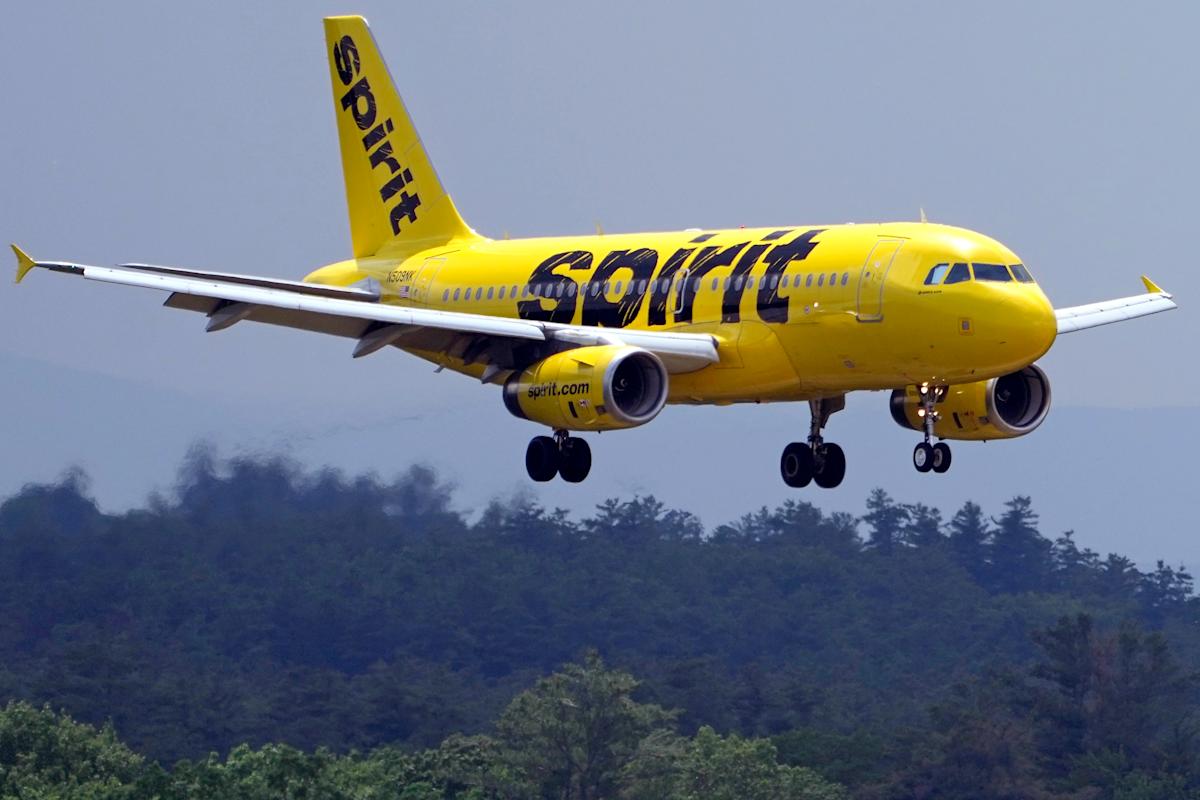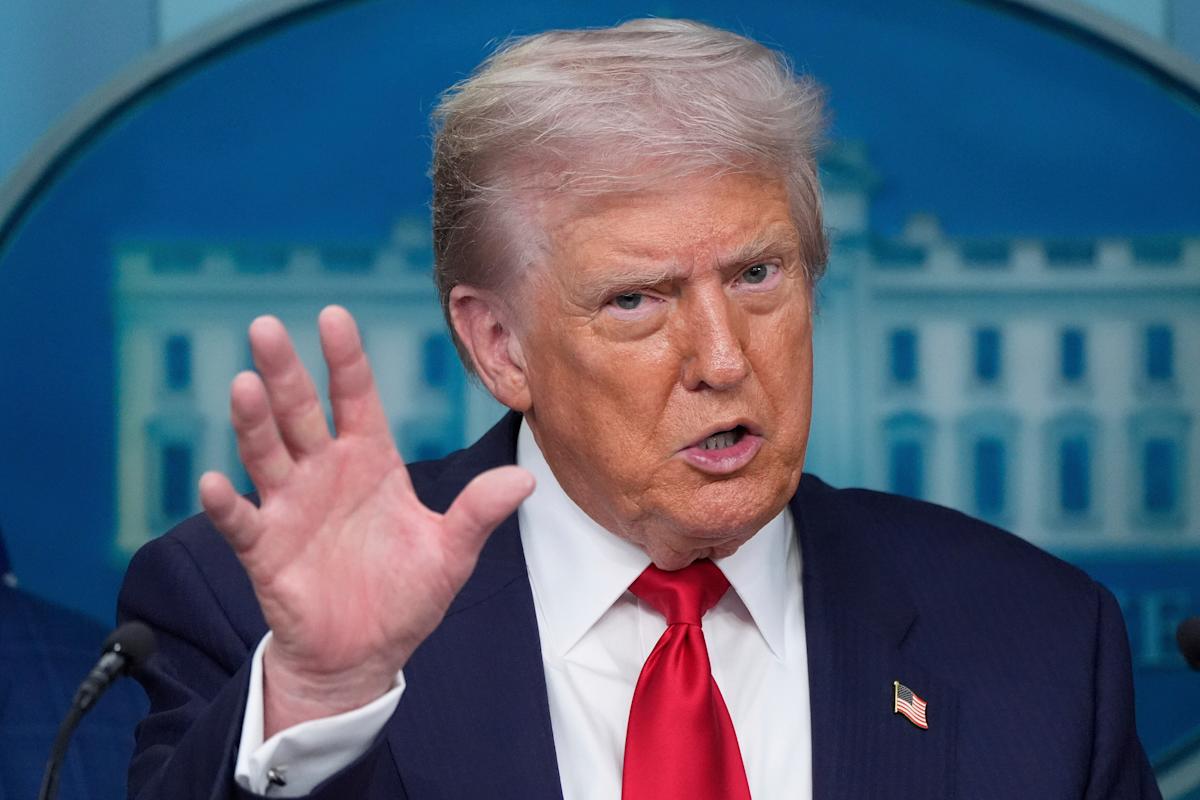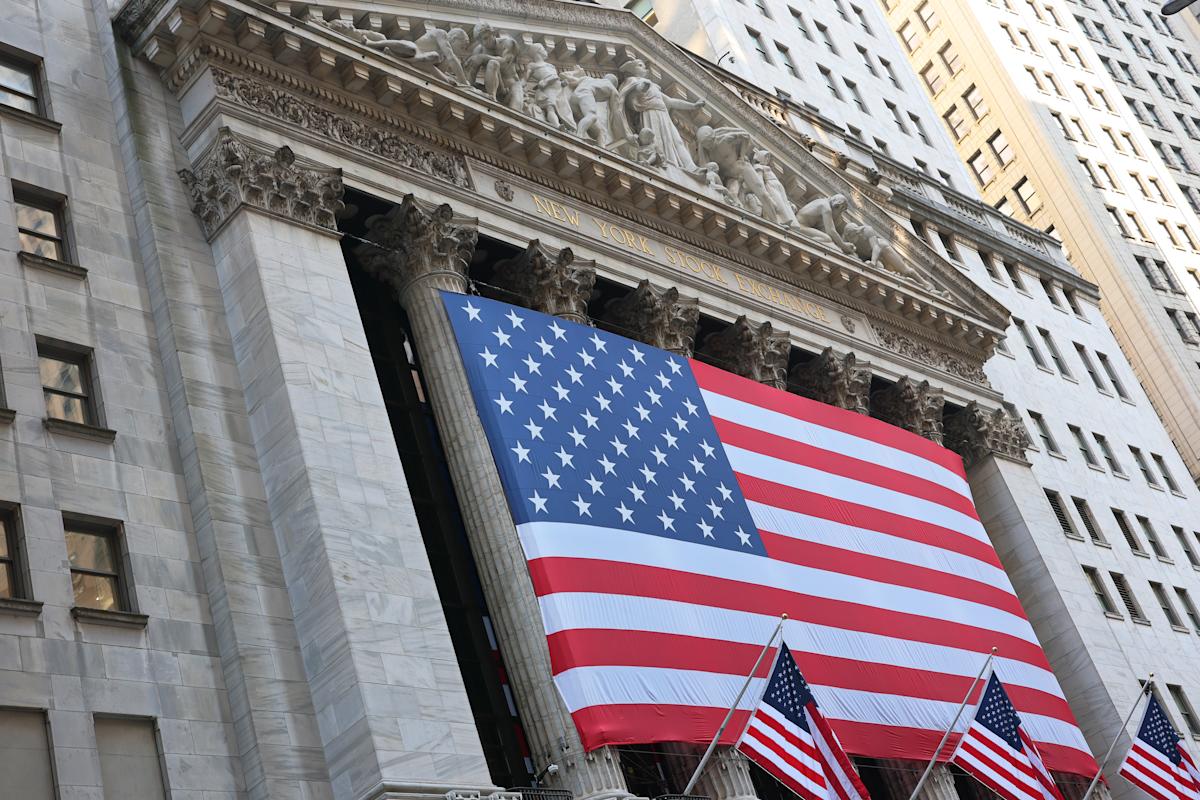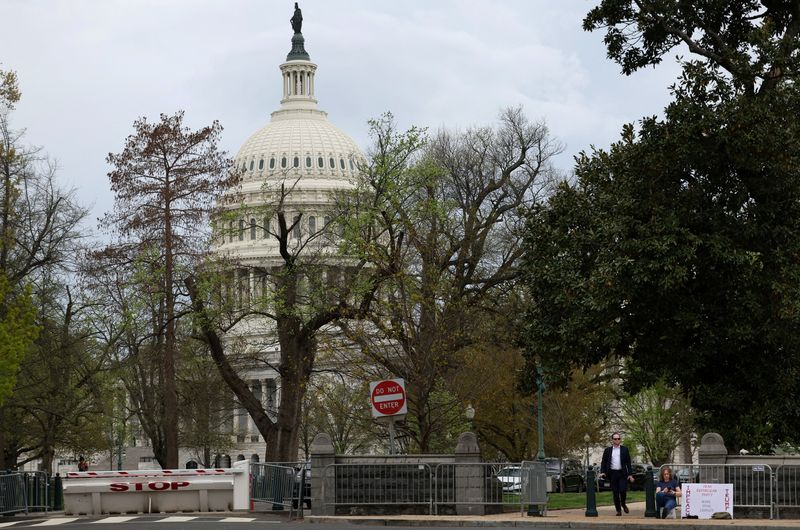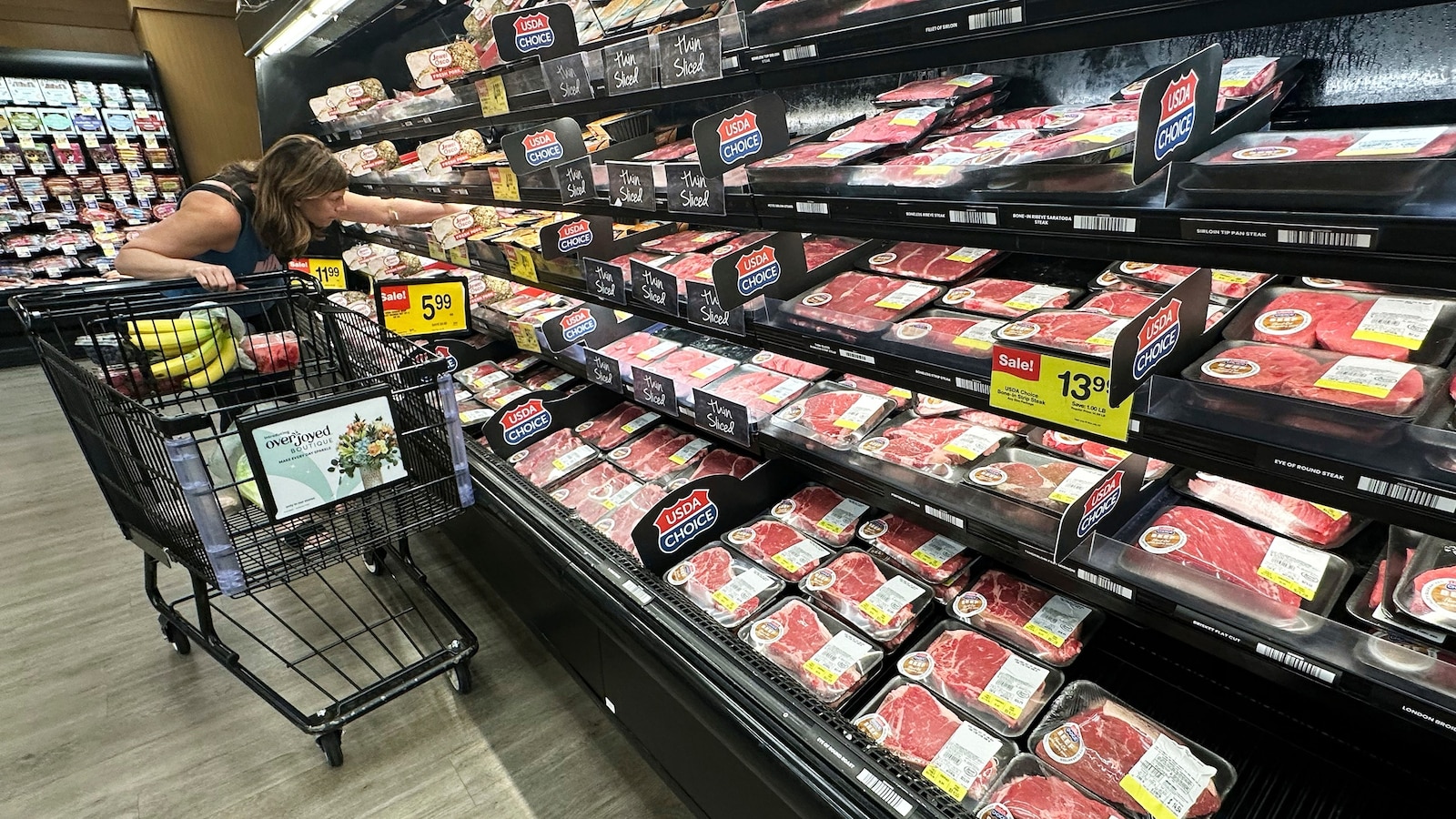Trump Announces 50% Tariff on Steel Imports

Trump's Tariff Increase Announcement
President Donald Trump has announced a significant increase in tariffs on imported steel, raising the rate from the existing 25% to 50%. This move, described as a "major announcement," was made during a rally in Pennsylvania, a state with strong ties to the steel industry. The decision is aimed at revitalizing the U.S. steel sector, which has faced stiff competition from foreign producers.
Trump emphasized that the tariff hike is necessary to secure the American steel industry and reduce dependence on foreign imports. He noted that previous measures, such as the 25% tariff introduced in 2018, provided a temporary boost but were insufficient to fully protect domestic steelmakers. This new measure is expected to create a more robust safety net for the industry, ensuring long-term stability and growth.
Potential Impacts and Criticism
The tariff increase is expected to yield benefits for American steelworkers and the broader steel industry. By discouraging foreign imports, the policy could lead to increased demand for domestically produced steel, potentially resulting in job creation and enhanced economic activity in steel-producing regions.
However, the move has sparked concerns over its broader economic implications. Critics argue that higher tariffs could lead to increased costs for industries reliant on steel, including construction and manufacturing. A 2023 analysis by the International Trade Commission found that while previous tariffs boosted steel production modestly, they also raised costs, leading to a $3 billion decline in output across key sectors by 2021. These concerns highlight the potential for the tariff increase to inadvertently harm industries that rely on steel as a key input.
Nippon Steel Partnership and Future Outlook
In addition to the tariff announcement, Trump highlighted a deal involving Japan's Nippon Steel, which will acquire a controlling stake in U.S. Steel. While initially opposed to the deal due to national security concerns, Trump ultimately supported it after securing assurances that the agreement would benefit American steelworkers. A "golden share" provision ensures U.S. oversight in the partnership, a condition Trump cited as a critical factor in his decision to approve the deal.
Trump assured steelworkers that he would closely monitor the partnership to ensure their interests are protected. This development signals a potential shift in the U.S. steel industry's trajectory, with the tariff increase and Nippon deal working in tandem to bolster domestic production and safeguard jobs. However, the long-term success of these measures will depend on their ability to balance industry growth with the economic ripple effects on steel-dependent sectors.
 Sources
Sources- Trump tells steelworkers he’s going double tariffs foreign steel 25% 50%
 yahoo
yahoo - Trump doubles steel tariffs 50% ‘major announcement’ | CNN Business
 cnn
cnn - Trump says plans double steel tariffs 50%
 yahoo
yahoo - Trump: increase steel import tariffs 50%
 bbc
bbc
Top News
Related Articles
- Trump tells steelworkers he’s going double tariffs foreign steel 25% 50%
 yahoo
yahoo - Trump doubles steel tariffs 50% ‘major announcement’ | CNN Business
 cnn
cnn - Trump says plans double steel tariffs 50%
 yahoo
yahoo - Trump: increase steel import tariffs 50%
 bbc
bbc
People Also Watch












